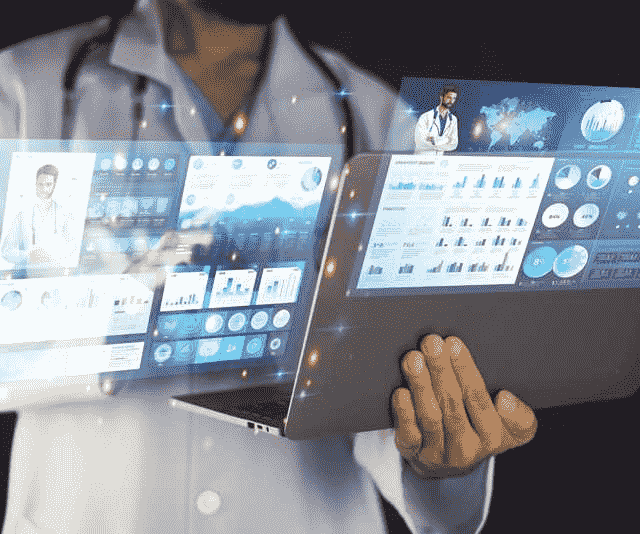With the severe tensions caused by labor shortages, high inflation, and COVID-19 in the past few years, much betterment has been observed. This improvement in the US healthcare system is the outcome of transformation efforts undertaken in the last 2 years.
As we are advancing day by day to 2027, this growth is rising. Below, we’ll shed light on the perspective as to how these changes will shape US healthcare’s future.
Below, we’ll shed light on the perspective as to how these changes will shape US healthcare’s future.
A Path to Recovery and Growth in US Healthcare
The healthcare industry has undoubtedly confronted many challenges. Efforts have shaped this sector and payment models are beginning to bear fruit in the medical system. Reports indicate that 80% of medical companies are growing, and 45% of them have exceeded revenue growth.
Besides this, the adoption of new technology is a critical driving factor behind growth in this sector. Similarly, the pharmaceutical industry will also rise. The reason is that the pharmacy sector has become advanced in therapy and now more focus is on patients.
More Personalized Care
Research shows that personalized healthcare delivery can streamline health outcomes, strengthen patient-physician relationships and minimize costs. The sector is moving into a more collaborative, personalized, and reliable model that takes patient needs into the heart.
We all know that one size doesn’t fit in everything. However, technology has enabled physicians to create personalized care options and build strong relationships with their patients outside of an office setting.
Distributed Care in US Healthcare
During the hype of the COVID-19 pandemic, using healthcare software was mandatory. However, that experience with these automated solutions has so far shed light on the diverse benefits of a flexible care system.
As traditional methods of healthcare become obsolete, mobile clinics, medical apps, and basic in-home care have simplified things. Now robust monitoring of healthcare devices in homes and digital transformation are the things that this industry needs now.
According to the survey of patients, 60% of patients say they find in-home care more convenient than in-person care.
Wearable Medical Devices
Wearable medical devices have started this year. These edge devices will provide healthcare monitoring while being worn on the patient’s body.
But many clients are continually using wearable devices for instance Apple and Fitbit. They are becoming a part of the medical-grade wearables market to cover the increasing demand.
Moreover, the wearable medical devices market will reach USD 165.5 billion by 2032. The compound annual growth rate from 2023 to 2032 will be around 19.1%.
Personalized Medicine
Also termed precision medicine is a medical model that separates people into separate groups. However, the essence of this technological transformation in healthcare is shifting medical treatments to each patient’s medical condition.
Analysis calculated the US personalized medicine market size to be around USD 168.45 billion and projected it will reach USD 373.96 by 2033. This will further grow at a CAGR of 8.50% from 2024 to 2033.
Healthcare and AI
Artificial intelligence (AI) is advancing the healthcare industry by shifting traditional, labor-intensive procedures. Another perspective is the increasing use of AI and ML are optimizing diagnostic accuracy, personalizing treatment plans, and expecting patient outcomes.
However, the global number of AI in the healthcare market was projected to be USD 16.3 billion. This figure will grow at a CAGR of 40.2% by 2029.
Final Word
The US healthcare industry faced conditions in 2023, including continuing high inflation, labor shortages and COVID-19. Moreover, this industry has flourished and will be flourishing in the future. We expect that these improvements will be greater to satisfy current demands and address potential challenges in 2024.




